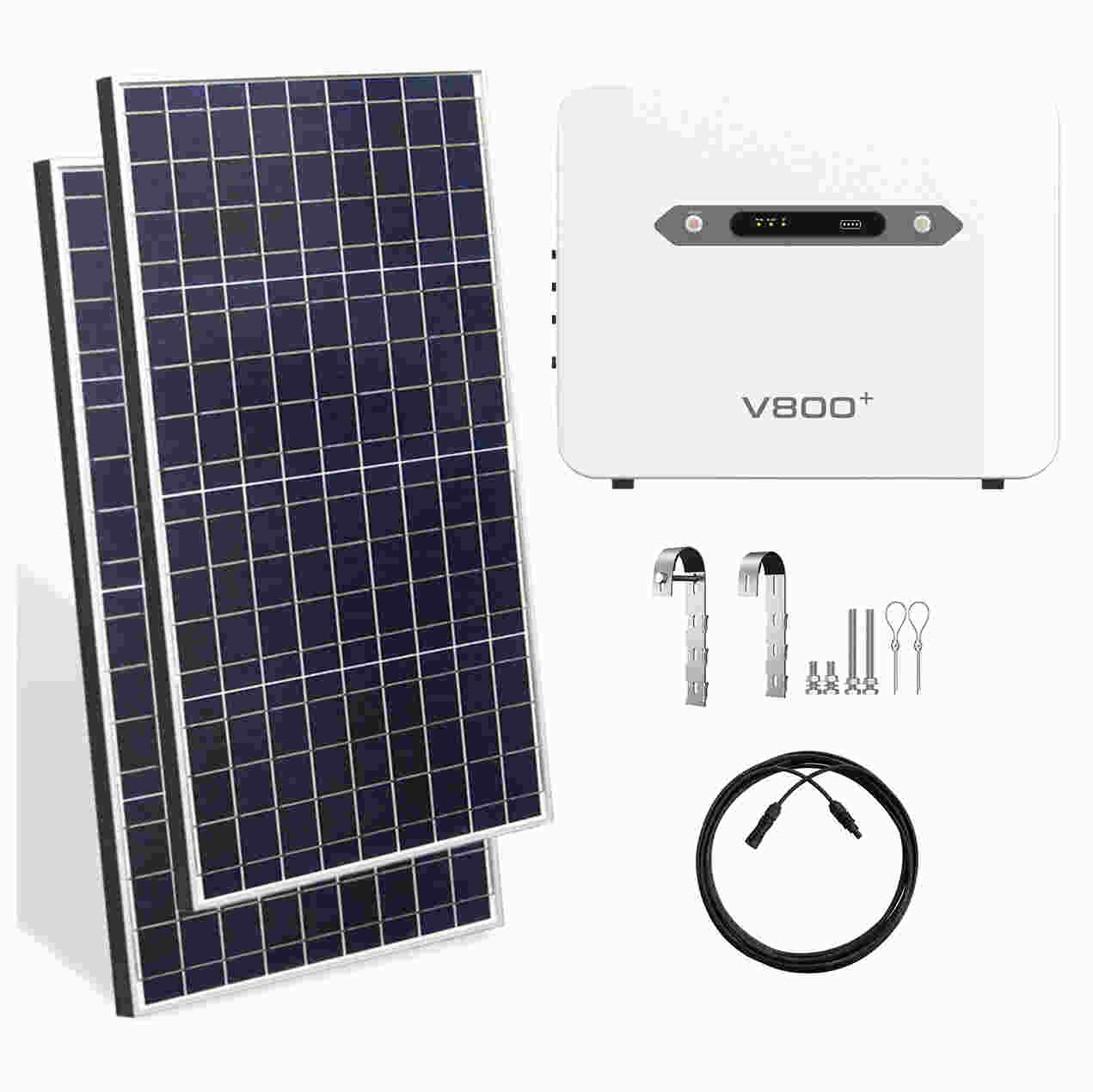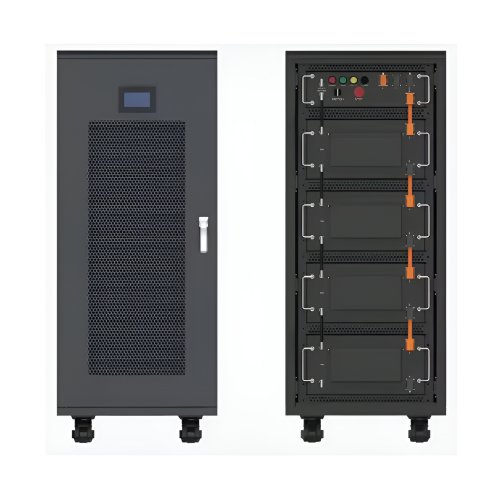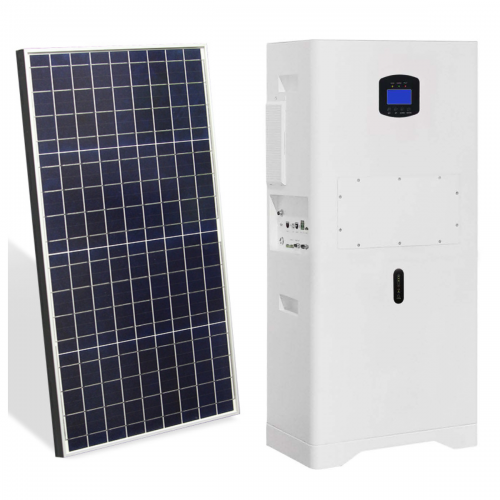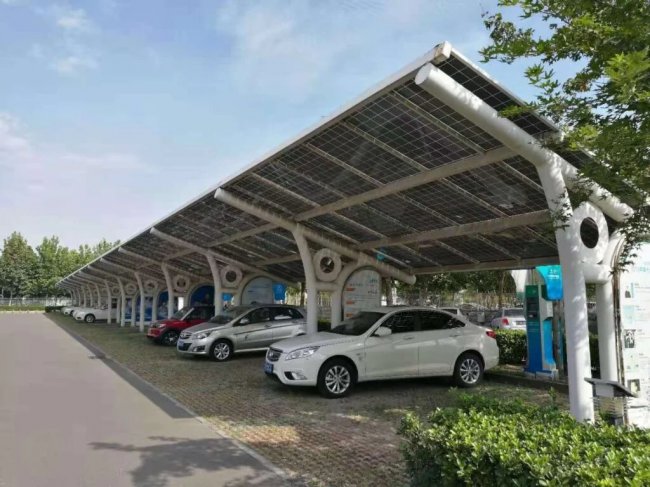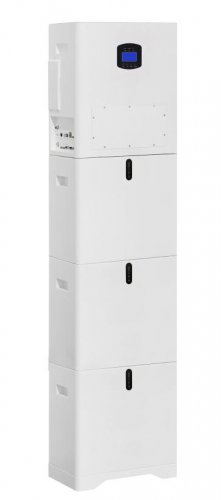Lfp Anode Innovations News: Advancing Towards Next-generation Lithium-ion Batteries
The lithium-ion battery industry is witnessing a significant shift, driven by the escalating demand for affordable, safe, and sustainable energy storage. While Lithium Iron Phosphate (LFP) cathodes have already gained immense popularity for their inherent safety, long cycle life, and cobalt-free chemistry, the focus is now intensifying on a once-overlooked component: the anode. Innovations in LFP anode technology are emerging as a critical frontier, aiming to push the boundaries of energy density, charging speed, and overall performance of LFP-based batteries, solidifying their position in electric vehicles (EVs) and grid storage.
Latest Industry Developments: Beyond Graphite
The standard anode material for most lithium-ion batteries, including LFP, has been graphite. However, its theoretical capacity is a limiting factor for future energy density gains. Consequently, the industry is actively exploring and commercializing advanced anode materials specifically tailored to enhance LFP systems.
A prominent development is the rapid adoption of silicon-based anodes. Companies are increasingly integrating silicon oxide (SiO) or silicon-carbon composites into graphite anodes. Chinese battery giant CATL recently showcased its latest LFP battery systems that utilize a silicon-carbon composite anode, reportedly achieving significantly higher energy density. Similarly, startups like Sila Nanotechnologies and Group14 Technologies are partnering with automakers to integrate their silicon-dominant anode materials into next-generation LFP packs, promising up to a 20% increase in energy density compared to traditional graphite anodes. This addresses a key historical disadvantage of LFP cells versus their NMC (Nickel Manganese Cobalt) counterparts.
Another notable trend is the refinement of hard carbon anodes for sodium-ion (Na-ion) batteries, which often share similar manufacturing lines with LFP production. While not for LFP chemistry itself, this parallel development is crucial as many battery manufacturers are diversifying. Companies like CATL and Northvolt are advancing Na-ion technology, which relies on hard carbon anodes, creating synergies in anode material production and coating processes that could benefit the broader LFP ecosystem.
Furthermore, innovation is not limited to material composition. Pre-lithiation technologies have become a major focus area. Silicon anodes suffer from initial lithium loss during the first charge cycle, reducing the overall capacity of the cell. Companies are developing various pre-lithiation techniques, such as using stabilized lithium metal powder (SLMP) or electrochemical pre-lithiation, to compensate for this irreversible capacity loss. This technical advancement is considered essential for maximizing the performance and longevity of silicon-enhanced LFP batteries.
Trend Analysis: Driving Forces and Future Trajectory
The primary driver for LFP anode innovation is the relentless pressure from the EV market to extend driving range and reduce charging times without significantly increasing cost. LFP batteries are already winning in the budget and mid-range EV segments due to their lower cost. By integrating higher-energy anodes, manufacturers can now target the premium segment, challenging the dominance of high-nickel NMC batteries.
The second major trend is the pursuit of extreme fast charging (XFC). Graphite anodes are prone to lithium plating at high charging rates, which can be dangerous. Innovations like novel electrode architectures, including the use of carbon nanotubes (CNTs) and graphene as conductive additives, are improving ionic and electrical conductivity within the anode. This allows for faster lithium-ion intercalation without compromising safety, a paramount advantage for LFP chemistry. Companies are engineering anodes with more ordered structures and larger surface areas to facilitate rapid charging.
Sustainability is also a key consideration. The research into lithium metal anodes for solid-state batteries represents a long-term trend. While still facing formidable commercialization challenges regarding dendrite formation, solid-state LFP batteries with a lithium metal anode could offer a monumental leap in energy density and safety. Several automakers, including Volkswagen and Toyota, have invested heavily in solid-state research, with some prototypes utilizing LFP cathodes.
Expert Perspectives: Cautious Optimism
Industry experts acknowledge the potential while highlighting the hurdles. Dr. Elena Maple, a materials scientist at a leading research institute, states, "The integration of silicon into LFP anodes is no longer a question of 'if' but 'how soon.' The challenge remains in managing the substantial volume expansion of silicon during cycling, which can degrade the electrode's integrity. The progress in binder systems and electrode engineering has been impressive, but cycle life for silicon-rich anodes must meet the stringent 1,000+ cycle requirements of automakers."
Michael Chen, a battery analyst at EnergyTech Insights, emphasizes the supply chain aspect: "These innovations necessitate a parallel evolution in the supply chain. Scaling the production of high-quality silicon anode materials and ensuring a consistent supply of low-cost, pre-lithiation reagents will be crucial for widespread adoption. The cost advantage of LFP must not be eroded by expensive anode upgrades."
In conclusion, the realm of LFP anode innovations is dynamic and pivotal for the future of energy storage. The industry is moving beyond conventional graphite to embrace silicon composites, advanced conductive networks, and sophisticated pre-lithiation techniques. These developments are poised to further enhance the performance profile of LFP batteries, making them more competitive across a wider range of applications and accelerating the global transition to electrification. While technical and supply chain challenges persist, the continuous flow of research and strategic industry partnerships indicates a strong commitment to overcoming these barriers.
Customized/OEM/ODM Service
HomSolar Supports Lifepo4 battery pack customization/OEM/ODM service, welcome to contact us and tell us your needs.


HomSolar: Your One-stop LiFePO4 Battery Pack & ESS Solution Manufacturer
Our line of LiFePO4 (LFP) batteries offer a solution to demanding applications that require a lighter weight, longer life, and higher capacity battery. Features include advanced battery management systems (BMS), Bluetooth® communication and active intelligent monitoring.

Customised Lithium Iron Phosphate Battery Casing
ABS plastic housing, aluminium housing, stainless steel housing and iron housing are available, and can also be designed and customised according to your needs.

HomSolar Smart BMS
Intelligent Battery Management System for HomSolar Energy Storage System. Bluetooth, temperature sensor, LCD display, CAN interface, UART interface also available.


Terminals & Plugs Can Be Customized
A wide range of terminals and plugs can be customised to suit the application needs of your battery products.

Well-designed Solutions for Energy Storage Systems
We will design the perfect energy storage system solution according to your needs, so that you can easily solve the specific industry applications of battery products.



About Our Battery Cells
Our energy storage system products use brand new grade A LiFePO4 cells with a battery lifespan of more than 4,000 charge/discharge cycles.



Applications in Different Industries
We supply customized & OEM battery pack, assemble cells with wiring, fuse and plastic cover, all the cell wires connected to PCB plug or built BMS.
Applications: E-bike, Electric Scooter, Golf Carts, RV, Electric Wheelchair, Electric Tools, Robot Cleaner, Robot Sweeper, Solar Energy Storage System, Emergency Light, Solar Power Light, Medical Equipment, UPS Backup Power Supply.
We can provide you with customized services. We have the ability to provide a vertical supply chain, from single cells to pack/module and to a complete power solution with BMS, etc.


HomSolar (Shenzhen) Technology Co., Ltd







